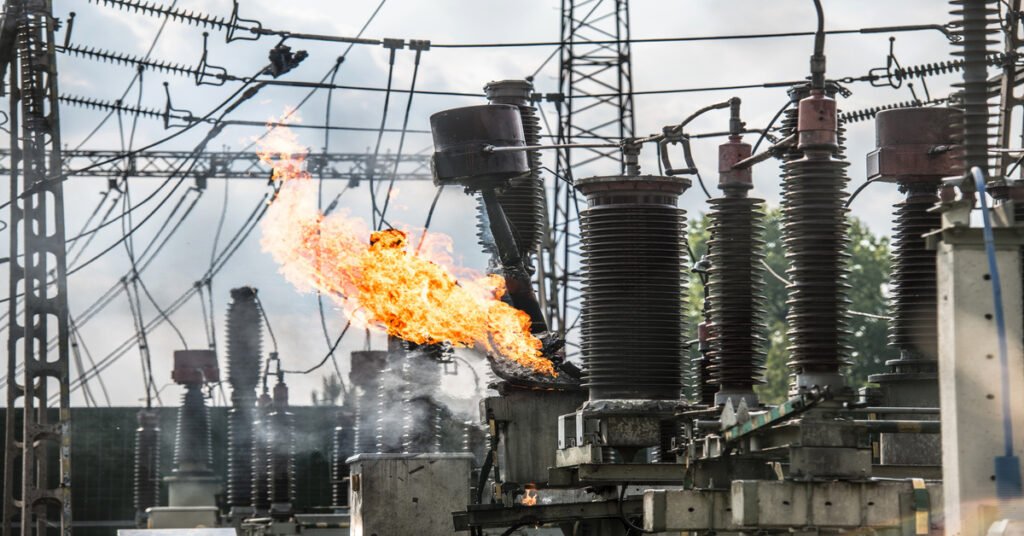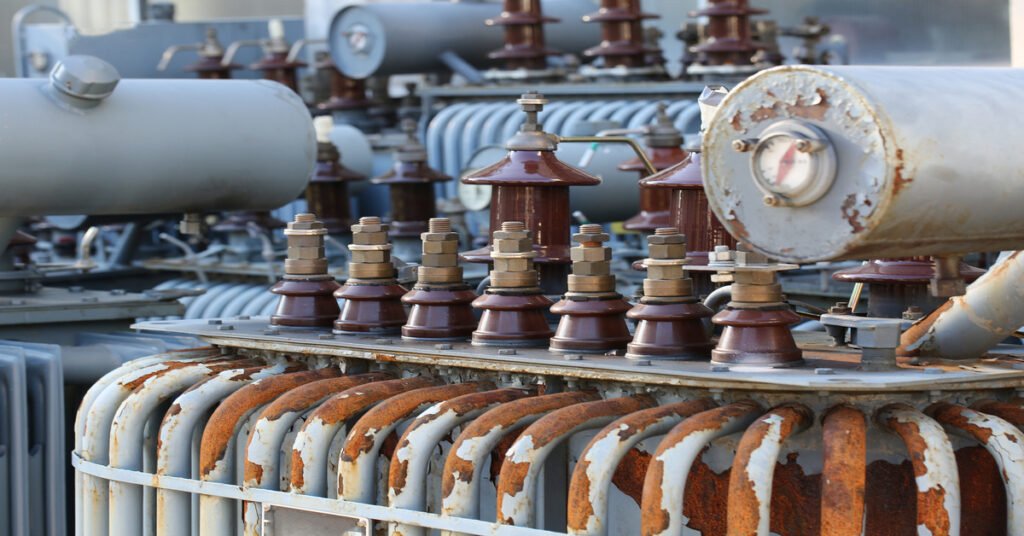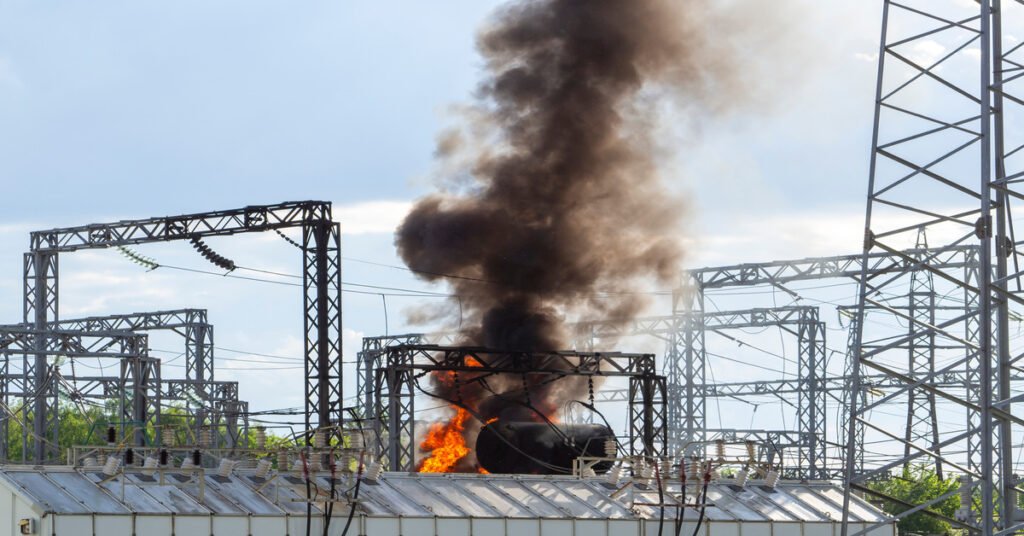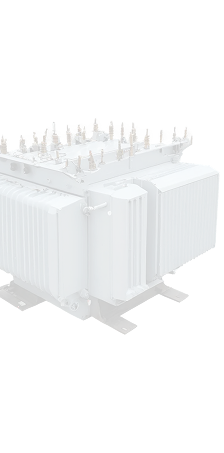Transformers are critical to the smooth operation of industrial facilities, ensuring the reliable distribution of electrical energy to power essential equipment. However, when issues arise, the impact can be significant, leading to downtime, reduced efficiency, or even costly repairs. Understanding the most frequent issues that affect transformers is the first step toward implementing effective maintenance strategies and ensuring their long-term performance.
This guide details common transformer problems and provides clear, actionable steps to avoid them. By recognizing the warning signs and adopting proactive measures, you can enhance the safety and efficiency of your electrical systems.
Overheating
Overheating is one of the most serious threats to a transformer’s health, as excessive heat accelerates the aging of its internal components. Overloading, poor ventilation, cooling system issues, or high temperatures can cause overheating by reducing cooling efficiency. Left unaddressed, overheating can cause irreversible damage to the transformer’s insulation and windings, leading to premature failure.
To prevent overheating, it is crucial to monitor the transformer’s load and operating temperature regularly. Ensure that the surrounding area has adequate airflow and that cooling fins and fans are clean and fully operational. As part of a regular maintenance routine, inspect the cooling system, and verify that temperature gauges are providing accurate readings.
Overloading
Operating transformers beyond their rated capacity places excessive stress on internal components and significantly reduces equipment lifespan. Overloading occurs when electrical demand exceeds the transformer’s designed power handling capability, forcing the unit to carry more current than intended. Ultimately, chronic overloading dramatically shortens a transformer’s lifespan and increases the risk of a catastrophic failure.

Preventing overload damage begins with a thorough understanding of your system’s power demands. Conduct regular load monitoring to ensure the transformer’s capacity is not consistently exceeded. Implementing a load management system can also help distribute power effectively and avoid stressing a single unit beyond its limits. If your power demands have increased, it may be prudent to upgrade to a larger transformer or install an additional unit to distribute the load more effectively.
Electrical Surges
Electrical surges, or transient overvoltages, are brief but powerful spikes in voltage that can inflict severe damage on a transformer. These surges are commonly caused by lightning strikes, switching operations within the power grid, or major faults in nearby equipment. The sudden increase in voltage can puncture insulation, damage windings, and destroy sensitive internal components.
Installing appropriate surge protection devices, such as lightning arresters, is the most effective way to shield transformers from electrical surges. Regular inspection and testing of these protective devices are necessary to confirm they are in good working order. Proper grounding of the transformer and associated equipment also plays a vital role in mitigating the effects of overvoltage events.
Insulation Degradation
A transformer’s insulation system is critical for preventing short circuits between windings and other components. Over time, this insulation can degrade due to a combination of heat, moisture, exposure to contaminants, and electrical stress. As the insulating material weakens, it loses its ability to withstand normal operating voltages, increasing the likelihood of an internal fault. The gradual breakdown of insulation is a primary factor in the aging process of power transformers and a leading cause of failure.
A proactive maintenance program that includes regular oil testing can help you monitor the condition of the insulation. Maintain dry conditions around transformers by sealing enclosures and installing moisture barriers where necessary. Replace aging insulation materials during scheduled maintenance intervals based on manufacturer recommendations and testing results.
Corrosion
Corrosion can weaken a transformer’s structural integrity, particularly its main tank and cooling radiators. This process is typically caused by exposure to moisture, chemicals, and other corrosive elements in the environment. If left unchecked, severe corrosion can compromise the entire unit, creating safety hazards and requiring expensive repairs or a complete replacement.

To prevent corrosion, maintain the transformer’s protective paint coating. Inspect the unit regularly for any signs of rust, bubbling paint, or surface damage, and address these issues immediately by cleaning and repainting the affected areas. Ensuring proper drainage around the transformer foundation will also reduce exposure to standing water and moisture.
Vibrations
Excessive vibration in a transformer is often a symptom of an underlying issue, such as loose components, an unbalanced load, or problems with the magnetic core. Continuous vibrations can cause mechanical stress, leading to the loosening of electrical connections, cracking of bushings, and fatigue in structural parts. Over time, this mechanical wear can result in oil leaks, electrical faults, and a general decline in the transformer’s operational stability.
Investigating the source of unusual vibrations is crucial. Start by ensuring all bolts and connections are properly tightened and that the transformer is securely mounted on its foundation. If the vibrations persist, performing specialized diagnostic tests, such as vibration analysis, can pinpoint the root cause for correction.
Handling or Installation Errors
Improper handling during transportation or mistakes made during installation can create problems that may not become apparent until much later. Dropping a transformer, subjecting it to severe impacts, or lifting it incorrectly can cause hidden damage to the core, windings, or bushings. Installation errors, such as improper connections, inadequate grounding, or incorrect setup of accessories, can lead to immediate operational issues or long-term reliability problems.
To avoid these errors, always adhere strictly to the manufacturer’s guidelines for transportation, lifting, and installation. Ensure that only trained and qualified personnel handle the equipment. Before energizing the transformer, conduct a comprehensive series of pre-commissioning tests to verify that it was not damaged during transit and that all connections and settings are correct for a successful startup.
Protecting Your Transformer Investment
Maintaining the health of a transformer is fundamental to ensuring a reliable power supply. By proactively addressing common problems such as electrical, thermal, and mechanical faults, you can significantly extend the equipment’s lifespan and avoid unexpected failures. Taking key preventative measures will protect your investment and support the long-term efficiency of your operations.
At J&J Transformers, we supply industrial and other commercial facilities with reliable oil-filled transformers that meet the demands of high-performance electrical infrastructure. We also purchase outdated, broken, and surplus units to help your operations run more efficiently. Fill out our contact form to get started.



